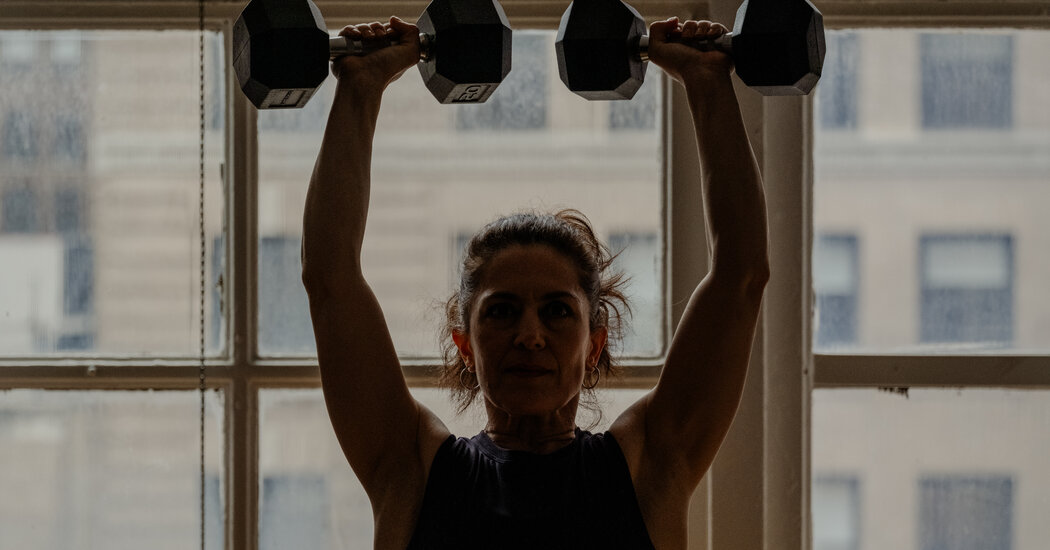To get the most out of your strength training, try progressive overload.
When Bryan Mann talks about weight lifting, he often tells the story of Milo of Croton, a Greek wrestler who lived 2,500 years ago.
Legend has it that Milo started his yearly training by buying a newborn calf. Every day, he hoisted the calf onto his shoulders and carried it up the stadium steps. As the calf grew, Milo became stronger, until he was carrying around a full-size ox.
While most people can’t carry livestock around their cul-de-sac, the formula for getting stronger today hasn’t changed, said Dr. Mann, a clinical associate professor of kinesiology at Texas A&M University. The core of every strength training program is a concept called progressive overload, in which you gradually increase either the weight, repetitions, difficulty, intensity or some combination.
Strength training, especially as you age, improves cardiovascular health, blood pressure and bone density and reduces the risk of lower back pain. But none of that happens without progressive overload.
“It doesn’t matter if you’re a 10-year-old on a soccer team, a 30-year-old interested in general fitness or a 70-year-old trying to reduce the risk of falling — some type of overload is needed,” Avery Faigenbaum, a professor of health and exercise science at the College of New Jersey, said.
Overload doesn’t mean you have to clean and jerk 200 pounds, however. It doesn’t even require lifting heavier weights. You can challenge your muscles by doing a more difficult movement — lunges instead of squats — or doing it faster.
